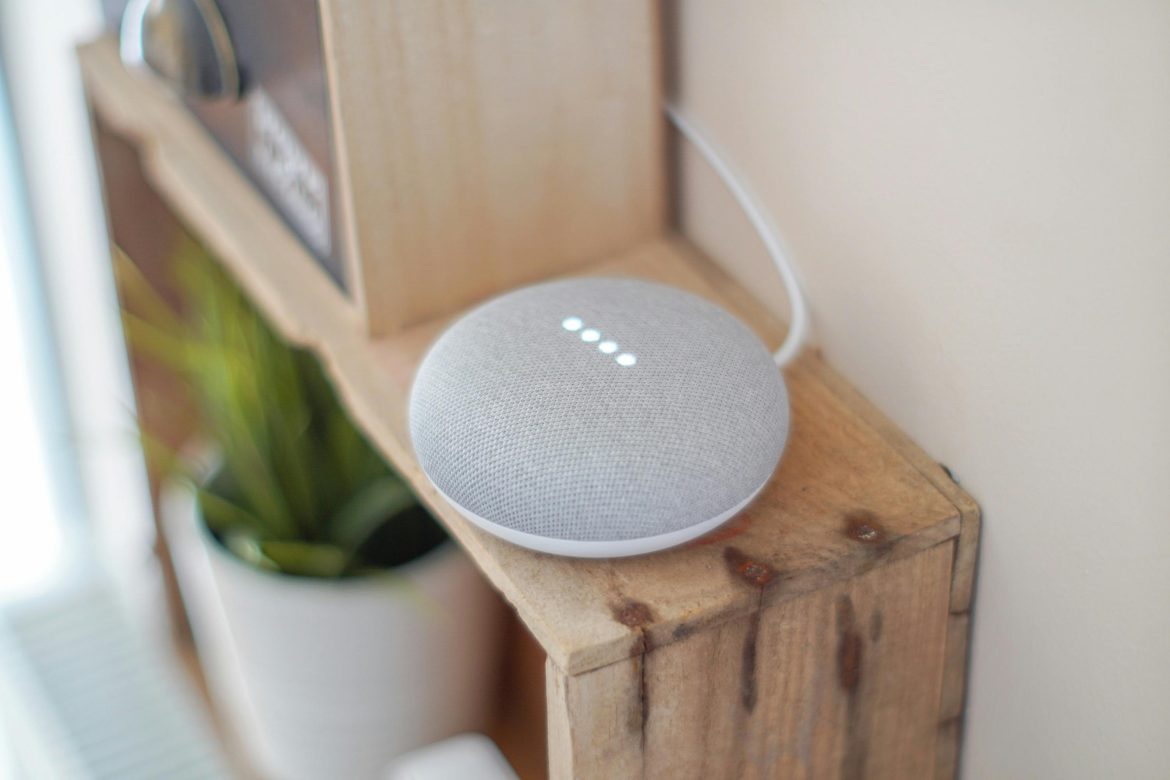So i started to put some tech in my house that’s include some smart switches, lights and few sensors, i started to realize that there is more then just Wifi or Bluetooth devices, that’s was very confused, the more i was into it more protocols was reaching out to me. Let’s try to break this down:
smart home protocols are the languages that smart devices use to communicate with each other and with a central hub or controller. There are several different protocols available, each with its own advantages and disadvantages. Here are some of the most common ones:
Wi-Fi
Wi-Fi is perhaps the most familiar and widely used protocol for smart home devices. It offers high-speed communication and compatibility with existing home networks, but it can be power-hungry and may not be the best choice for battery-operated devices.
Z-Wave
Z-Wave is a wireless protocol specifically designed for smart home applications. It operates on a different frequency band than Wi-Fi and is known for its reliability and low power consumption. Z-Wave devices create a mesh network, which means that each device acts as a signal repeater, extending the range of the network.
Zigbee
Zigbee is another wireless protocol commonly used in smart home devices. Like Z-Wave, it operates on a separate frequency band from Wi-Fi and is known for its low power consumption and reliability. Zigbee also uses a mesh network topology, allowing devices to communicate with each other and extend the range of the network.
Bluetooth
Bluetooth is a widely used wireless protocol for short-range communication between devices. While it’s not as common in smart home devices as Wi-Fi, Z-Wave, or Zigbee, Bluetooth is still used in some applications, especially for simpler devices like smart locks and sensors.
Thread
Thread is a relatively new protocol developed by the Thread Group, which includes companies like Google, Samsung, and ARM. It’s designed to provide a reliable and secure connection for smart home devices while also being low-power and scalable.
Apple HomeKit
HomeKit is not a communication protocol in itself but rather a framework developed by Apple for controlling smart home devices. HomeKit devices typically use Bluetooth or Wi-Fi for communication and must meet Apple’s strict security standards to be certified.
Amazon Alexa
Like HomeKit, Alexa is not a communication protocol but rather a voice assistant platform developed by Amazon. Alexa-compatible devices typically use Wi-Fi for communication and can be controlled using voice commands through an Amazon Echo or other Alexa-enabled devices.


1 comment
Hi there, I enjoy reading through your article.
I wanted to write a little comment to support you.
Feel free to surf to my web blog :: John E. Snyder